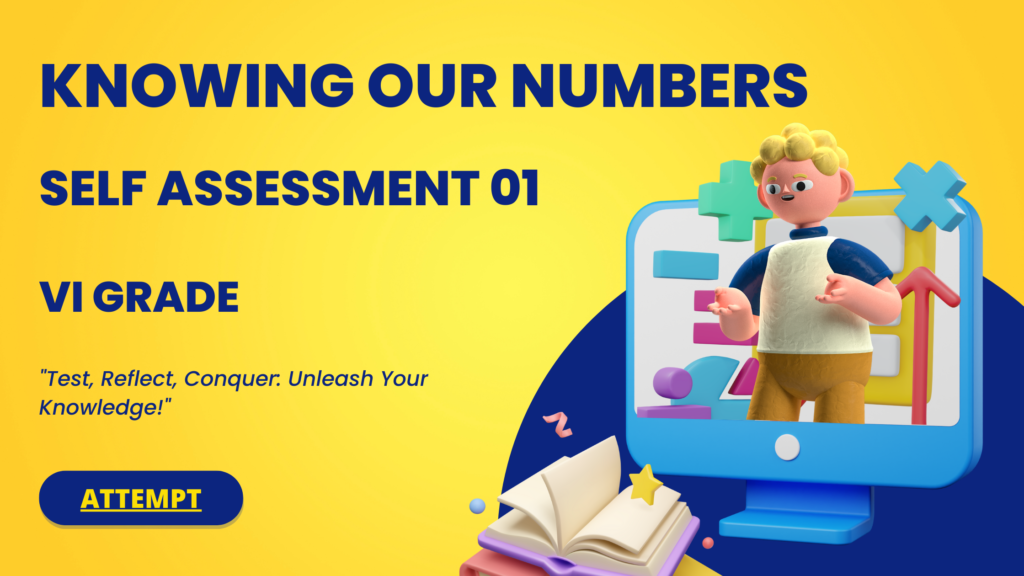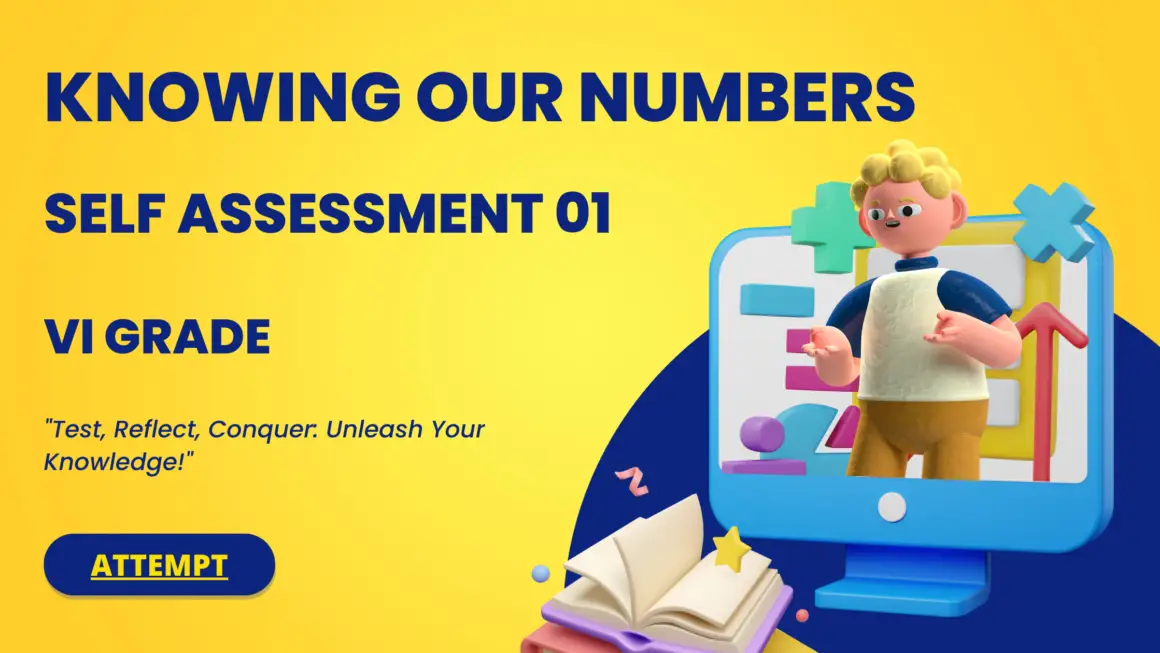
Understanding Numbers: A Simple Guide for 6th Graders
1. Natural Numbers
Natural numbers are the numbers we use for counting, like 1, 2, 3, and so on. The smallest natural number is 1, and there’s no largest natural number because they go on forever!
2. Digits
Digits are the building blocks of numbers. We have ten digits: 0, 1, 2, 3, 4, 5, 6, 7, 8, and 9. By putting these digits together, we can form any number.
3. Face Value and Place Value
- Face Value: This is the value of the digit itself, no matter where it is in the number. For example, in the number 452, the face value of 5 is just 5.
- Place Value: This depends on where the digit is in the number. In 452, the place value of 5 is 50 because it’s in the tens place.
4. Comparing Numbers
When comparing numbers:
- A number with more digits is bigger.
- If two numbers have the same number of digits, compare from the leftmost digit to decide which is bigger.
5. Smallest and Greatest Numbers
- Single-digit: Smallest: 1, Greatest: 9
- Two-digit: Smallest: 10, Greatest: 99
- Three-digit: Smallest: 100, Greatest: 999
- And so on…
6. Indian System of Numeration
In the Indian system, the places are Ones, Tens, Hundreds, Thousands, Ten Thousands, Lakhs, Ten Lakhs, Crores, etc.
7. International System of Numeration
In the International system, the places are Ones, Tens, Hundreds, Thousands, Ten Thousands, Hundred Thousands, Millions, Ten Millions, etc.
8. Using Commas
- Indian System: Commas are placed after every two digits, starting from the right after the hundreds place.
- International System: Commas are placed after every three digits, starting from the right after the hundreds place.
9. Ordering Numbers
- Ascending Order: Arranging numbers from the smallest to the greatest.
- Descending Order: Arranging numbers from the greatest to the smallest.
10. Forming Numbers
You can create different numbers using given digits. For example, using 2, 3, and 4, you can make 234, 243, 324, and more!
11. Units of Measurement
- Length: 1 kilometre = 1000 metres, 1 metre = 100 centimetres, and so on.
- Weight: 1 kilogram = 1000 grams.
- Capacity: 1 litre = 1000 millilitres.
12. Estimation
Estimation is like making a smart guess. It’s rounding off numbers to get a close, easy-to-calculate answer.
13. Rounding Off Numbers
- To the nearest ten: Numbers like 4 round down to 0, while numbers like 6 round up to 10.
- To the nearest hundred: Numbers like 249 round down to 200, while numbers like 251 round up to 300.

